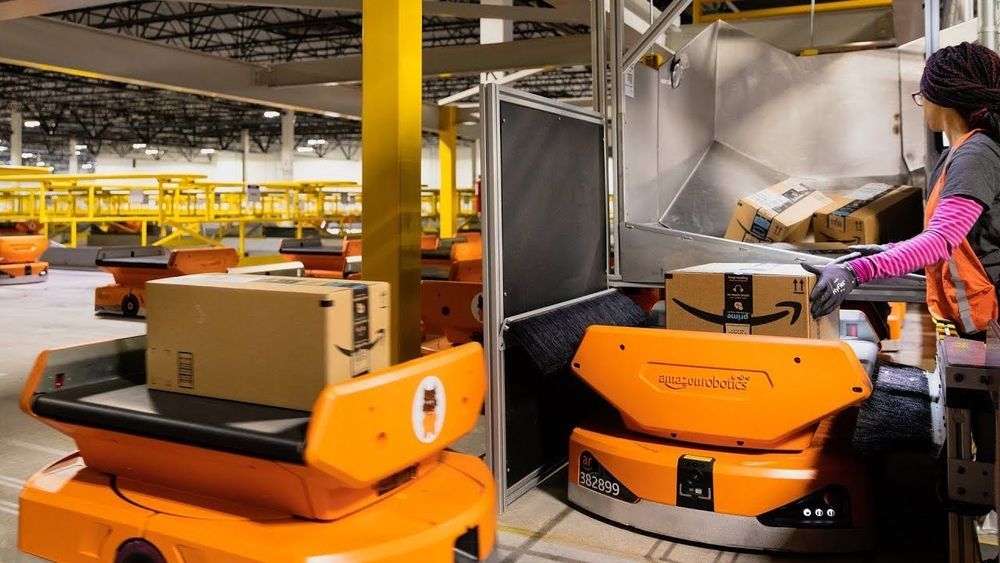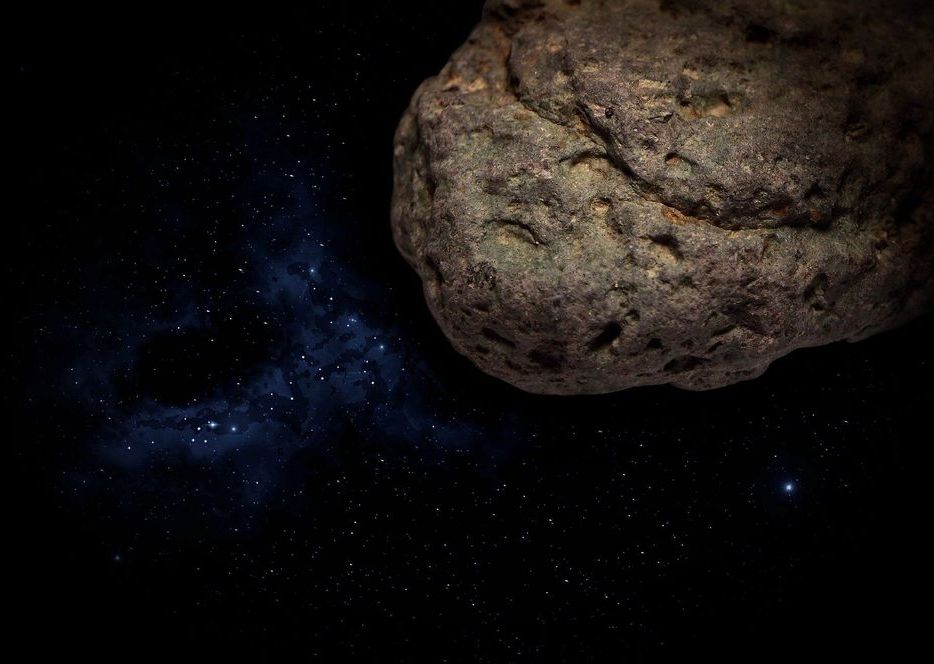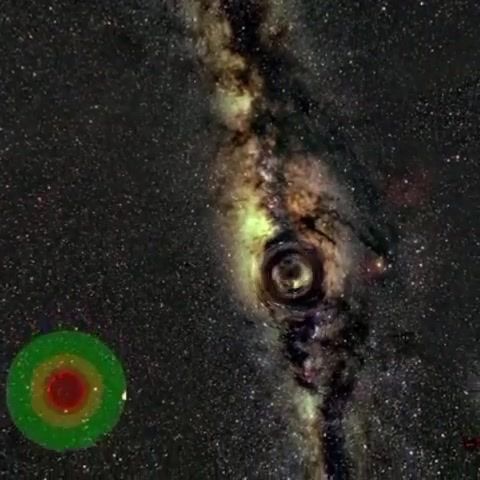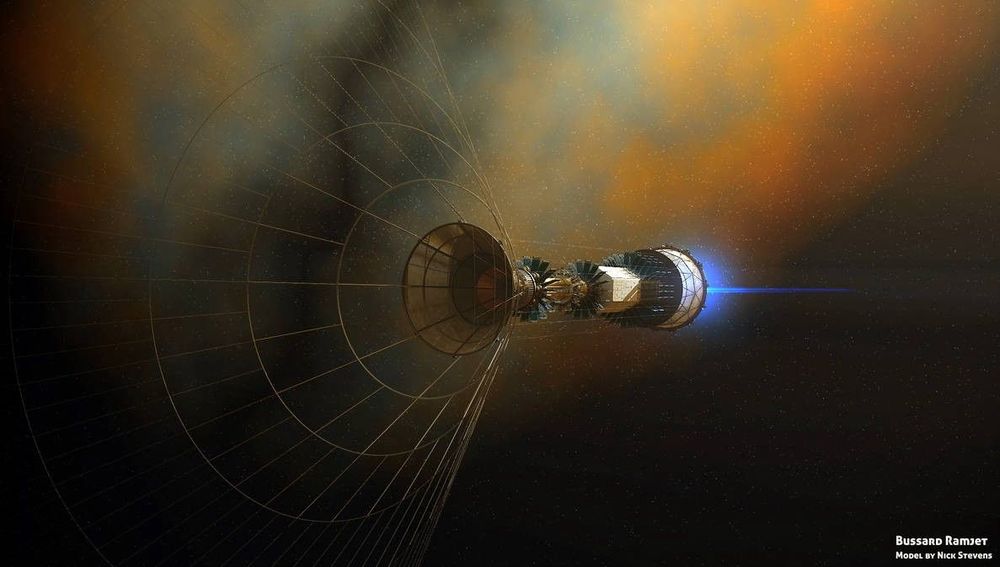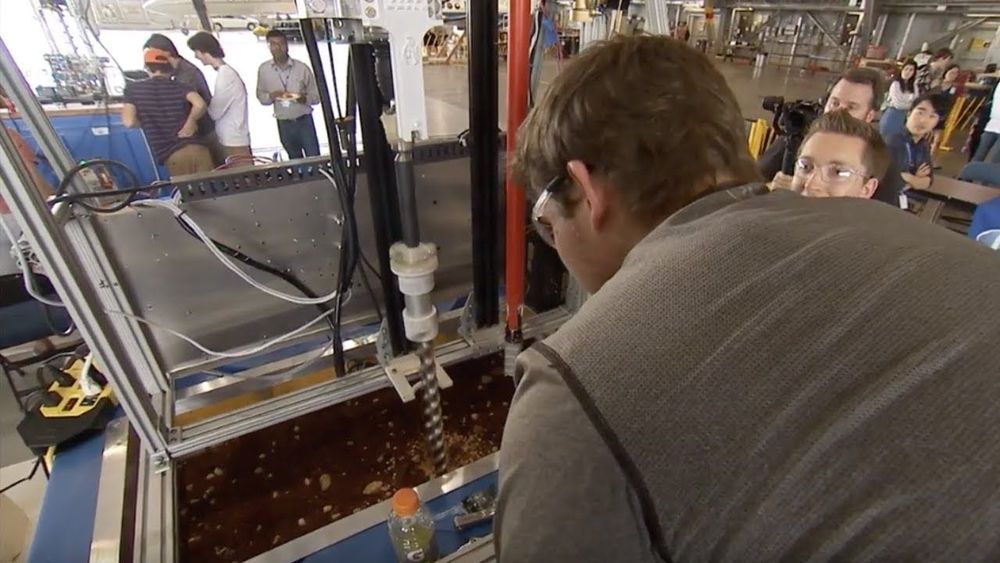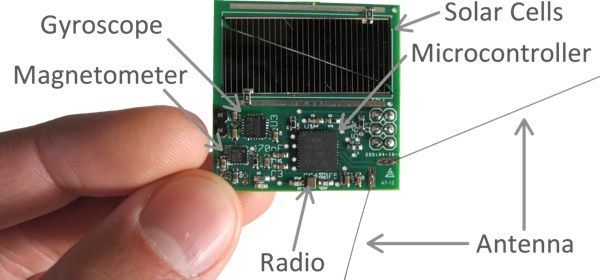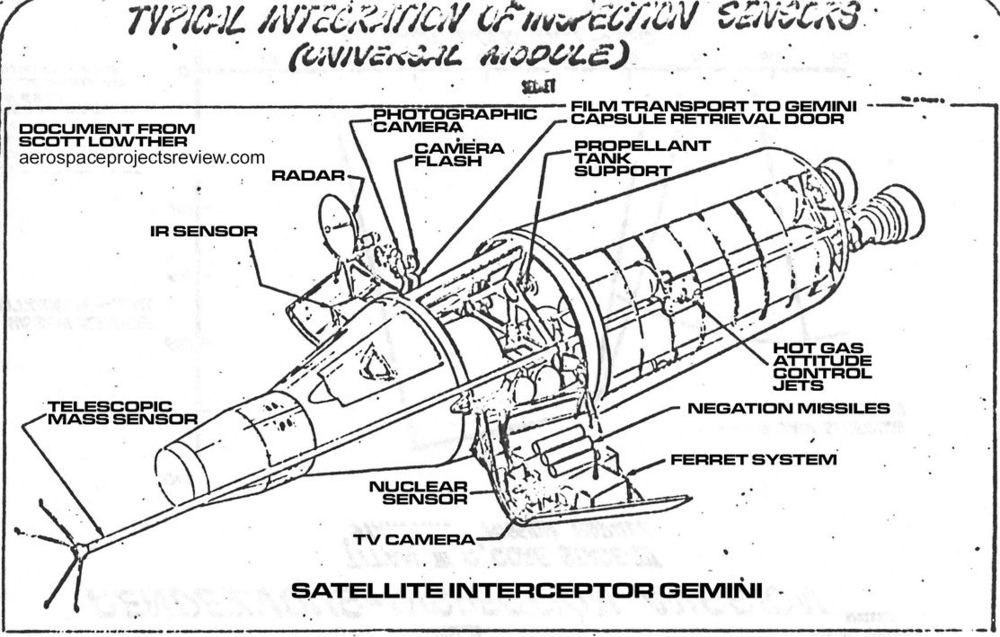Jun 13, 2019
Amazon conference showcases robots and social uses of artificial intelligence
Posted by Derick Lee in categories: business, drones, employment, health, robotics/AI, space travel
Thousands of tech fans descended on the Mojave desert for the conference, a public offshoot of Amazon Chairman Jeff Bezos’ previous invitation-only MARS conferences (the acronym stands for “Machine Learning, Robotics, Automation and Space”).
It resembled a tech summer camp, replete with offerings of cutting-edge technology demos, talks and social events.
Continue reading “Amazon conference showcases robots and social uses of artificial intelligence” »
